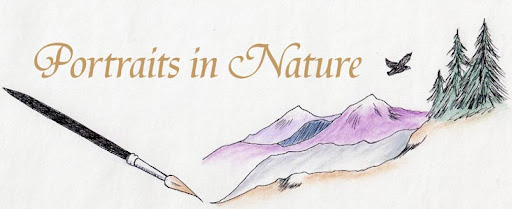Since then I have done portraits of pets -- dogs, cat, horses, cows, chickens and tigers.
I bet you are wondering why I included tigers on this list of domestic animals.
At one time I rented a house on the property owned by Sigfreid and Roy, the internationally famous illusionists. The duo commissioned me to do a portrait of their three white young tigers. You see, they consider the tigers to be pets.
I did get to meet the tigers up close and even play with them as I studied them. They have the bluest eyes I have ever seen. I thoroughly enjoyed my encounter with these magnificent animals and both gentlemen loved the portrait I did.
Whenever I get a pet commission I take my camera and photograph the animals in person. I get a better feel for their personality and sense of their color. In this case, Sigfreid and Roy supplied the photos. (I have had customers who had a favorite animal that is no longer with us. If they have photos I can usually do a portrait.)
 Dogs are usually easy to photograph. They take commands pretty well. Cats on the other hand, as all cat owners know, have a mind of their own. You can’t tell a cat to sit. Well, you can but it will look at you like you must have lost your mind. Then it will leave the room or turn its back on you. (I have found on occasion that treats work if the cat is hungry or so inclined.) But so far I haven’t failed to get a good likeness.
Dogs are usually easy to photograph. They take commands pretty well. Cats on the other hand, as all cat owners know, have a mind of their own. You can’t tell a cat to sit. Well, you can but it will look at you like you must have lost your mind. Then it will leave the room or turn its back on you. (I have found on occasion that treats work if the cat is hungry or so inclined.) But so far I haven’t failed to get a good likeness.Some customers have two or three pets they want in one painting. Sizes vary from 11” x 14” for a single portrait, 16” x 20” for a double portrait and 20” x 24” for a triple portrait. (Prices for these commissions are $75, $200, and $250-$300 respectively, or by negotiation.) The first two sizes are the most common. I try to stay with standard frame sizes so the customer can buy ready made frames, as custom frames can get pricey.
I have a wall in my studio filled with all my pets. It’s my wall of memories.
Pet portraits are an especially nice gift for birthdays and holidays.









